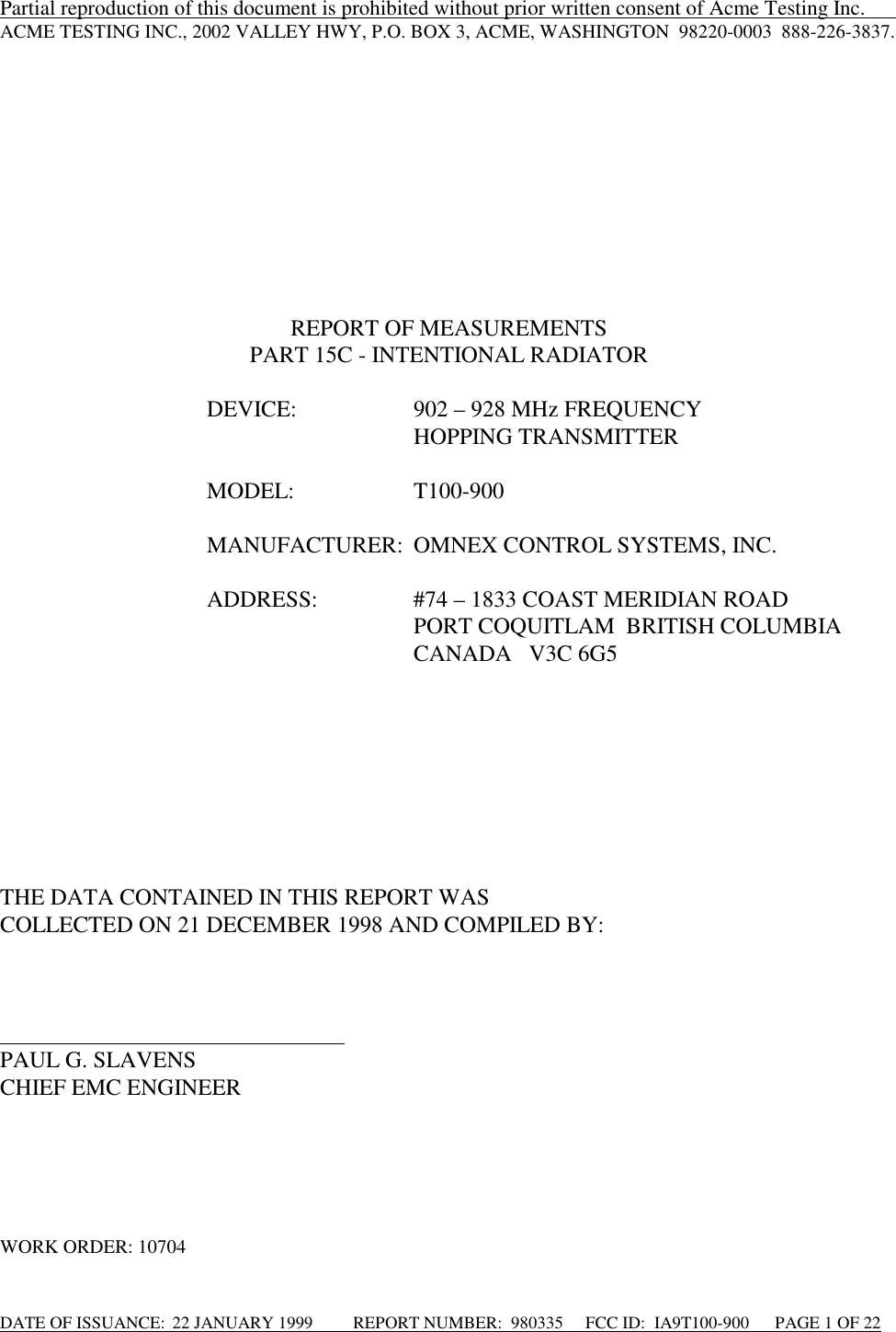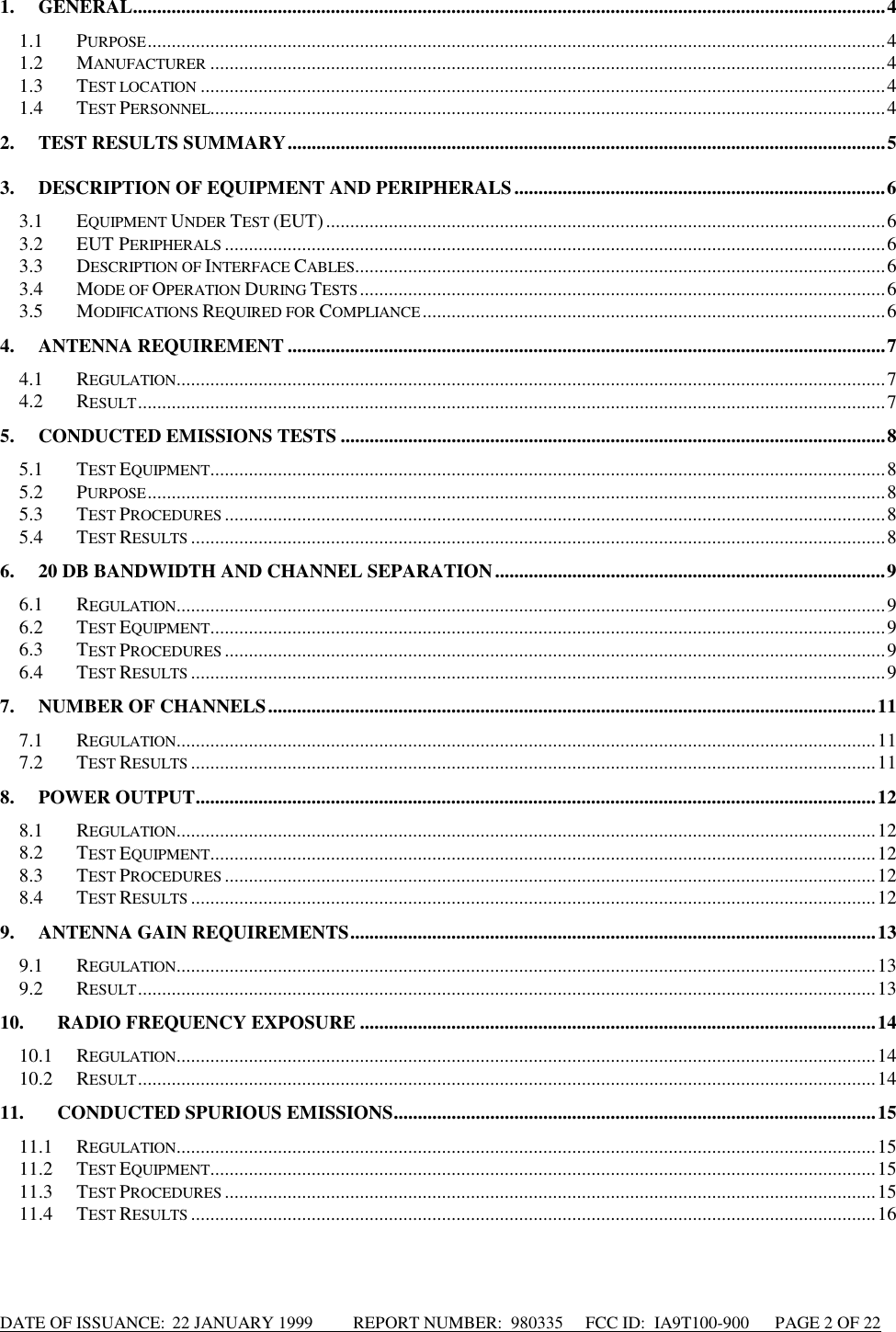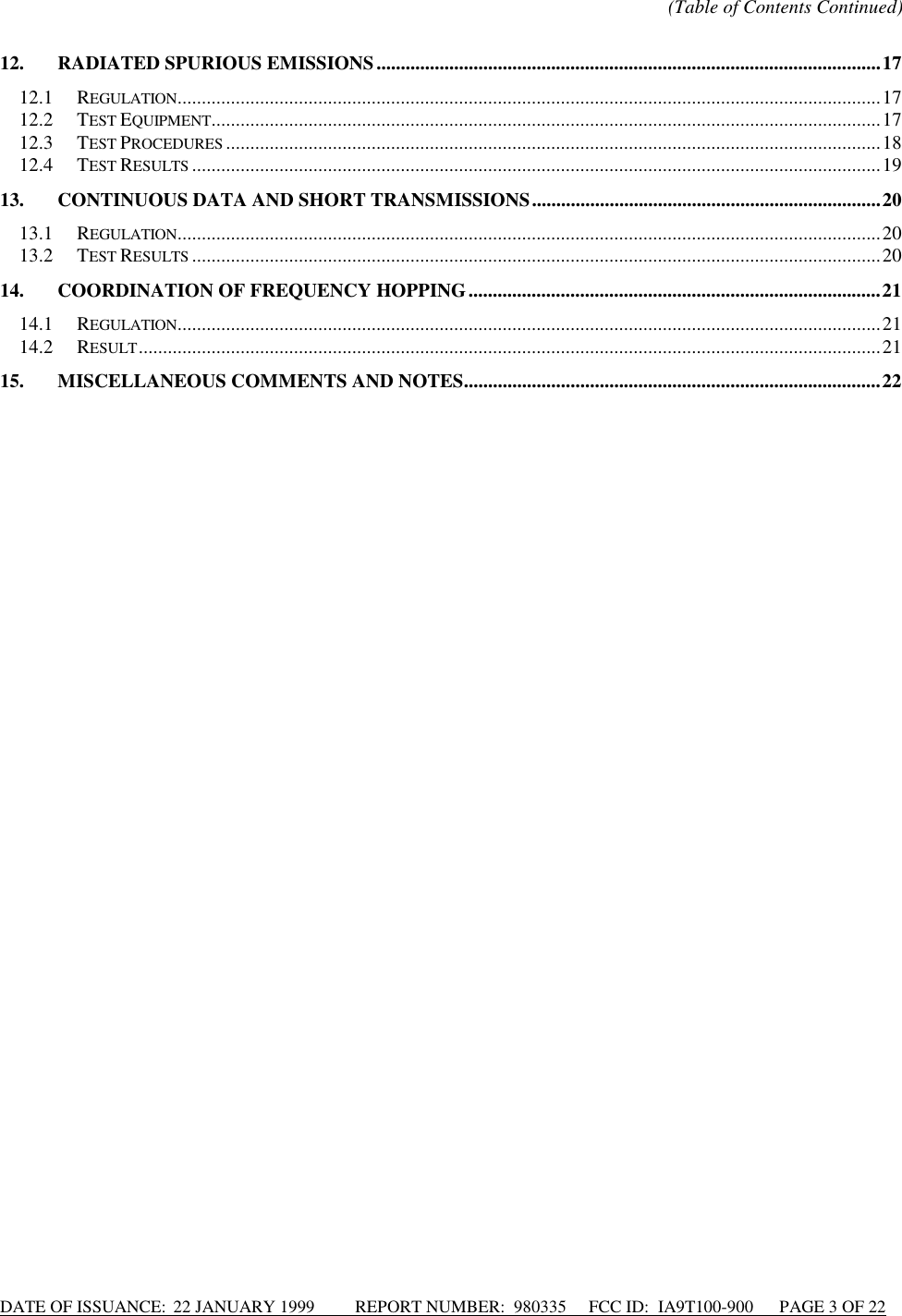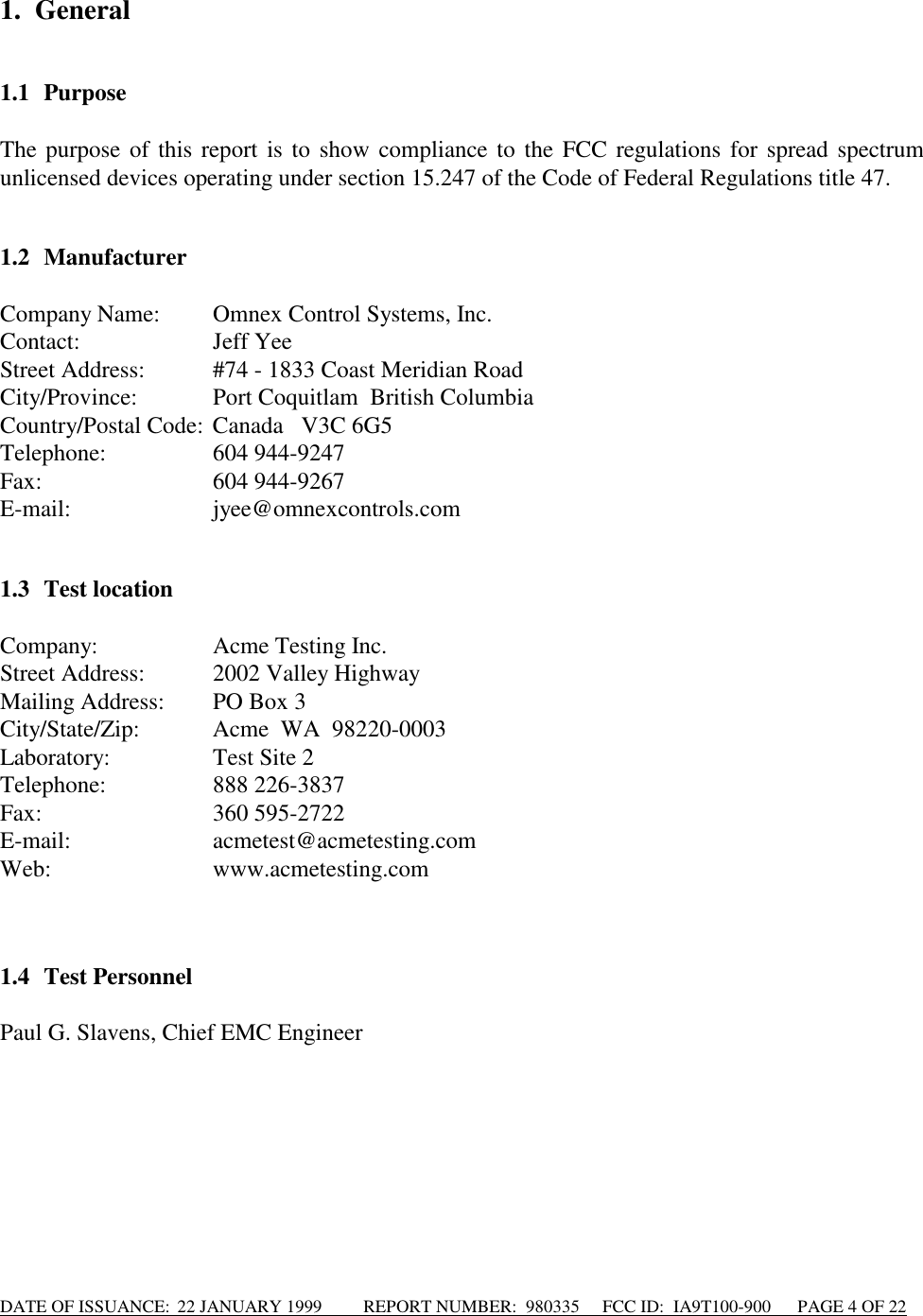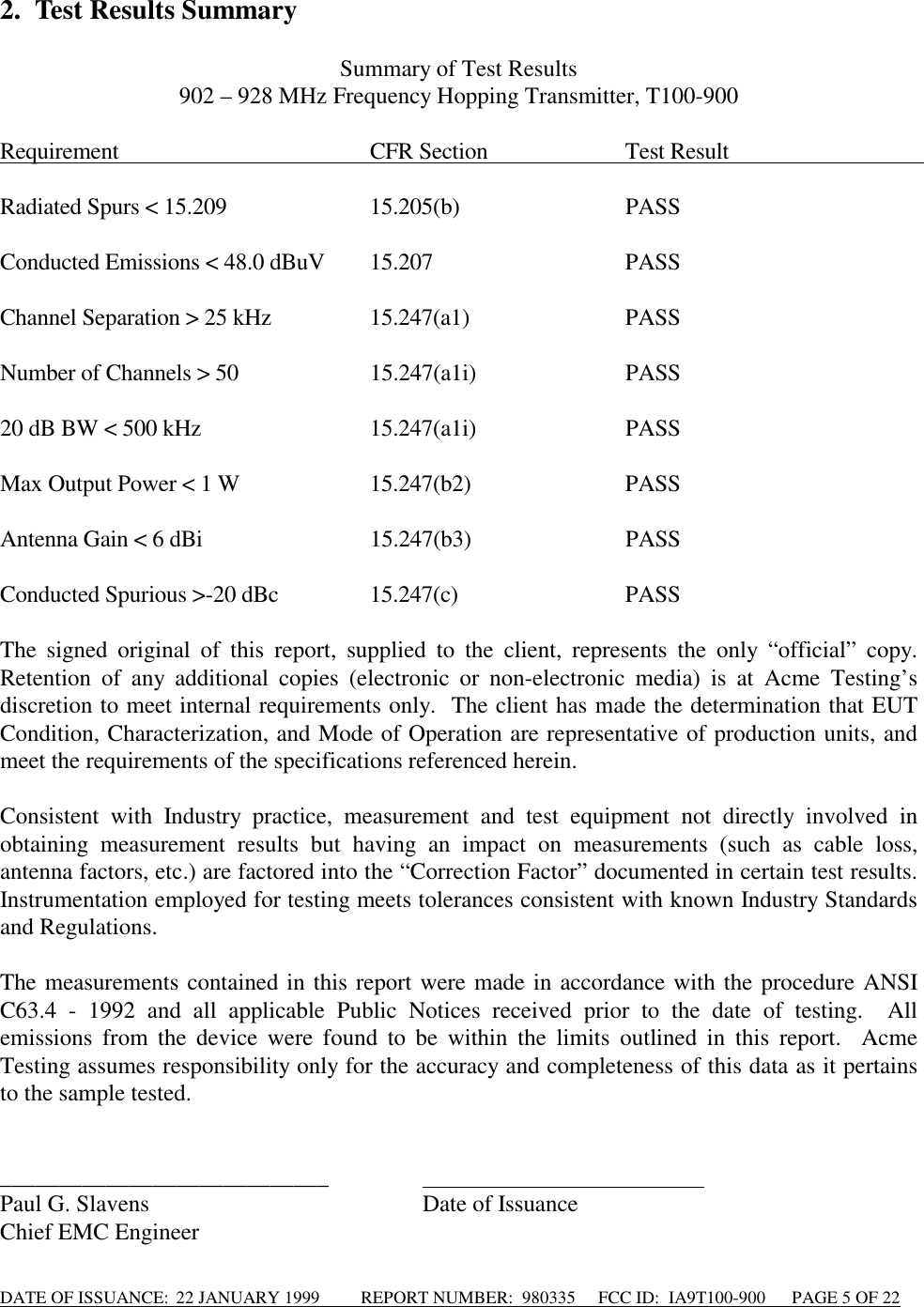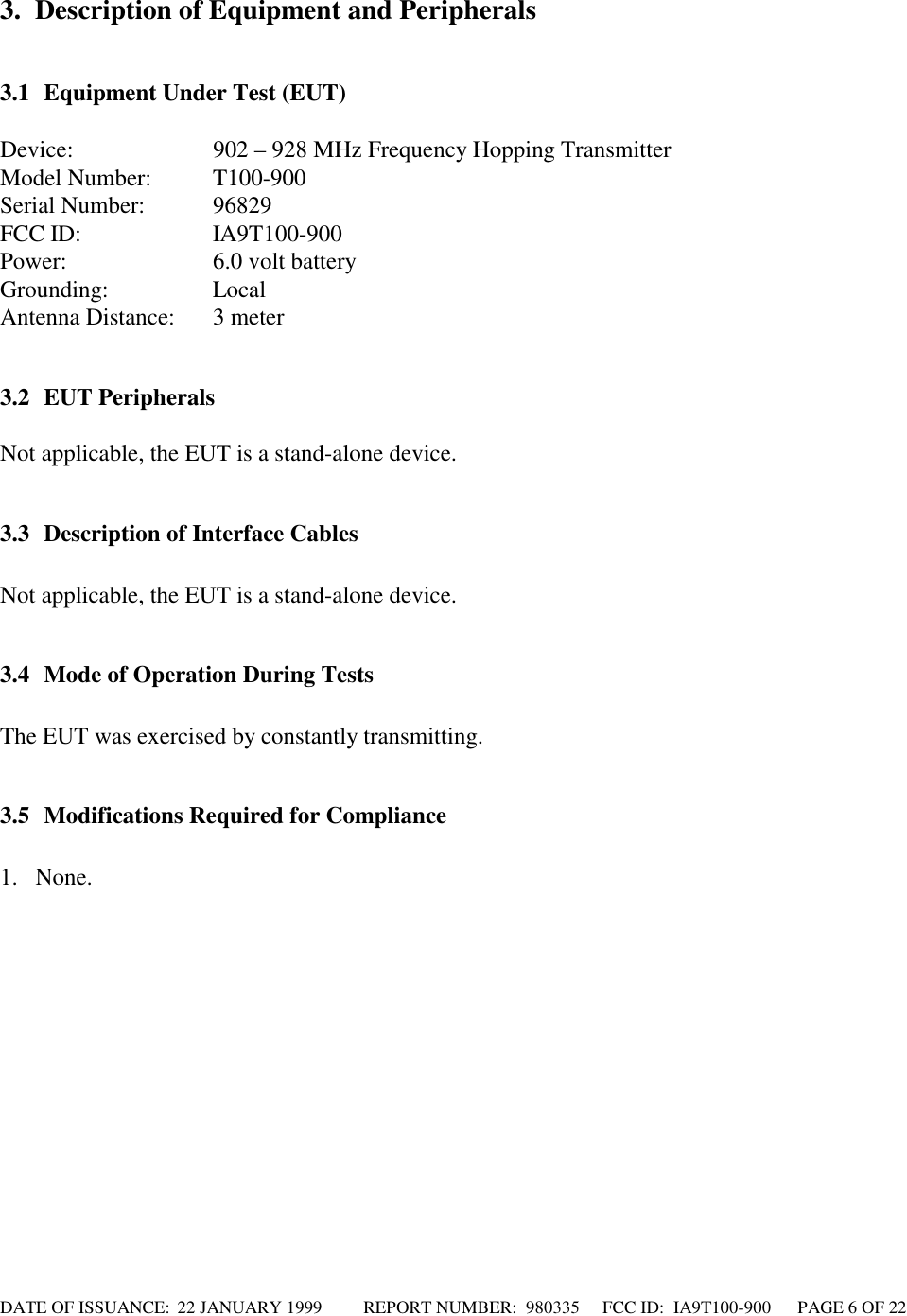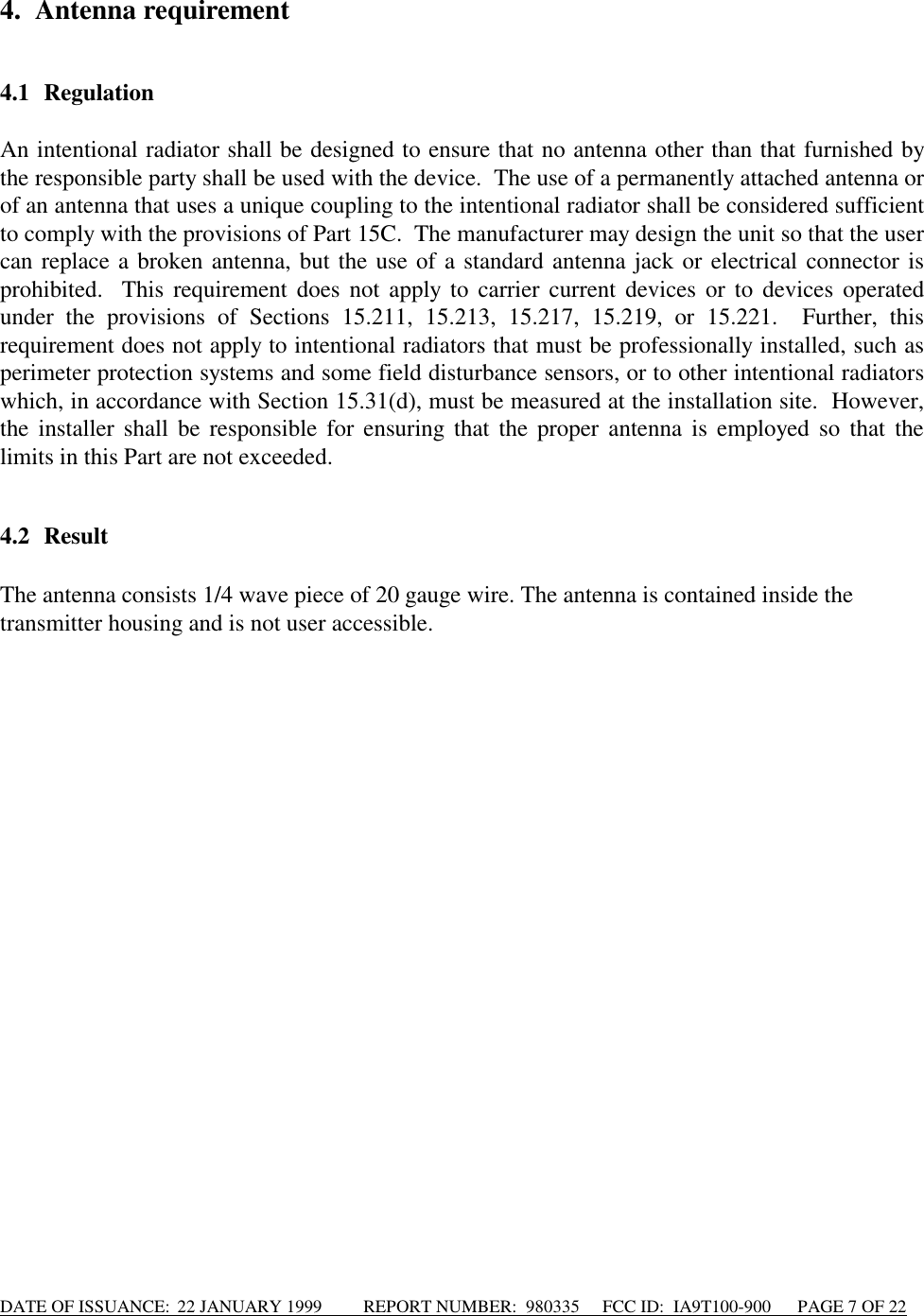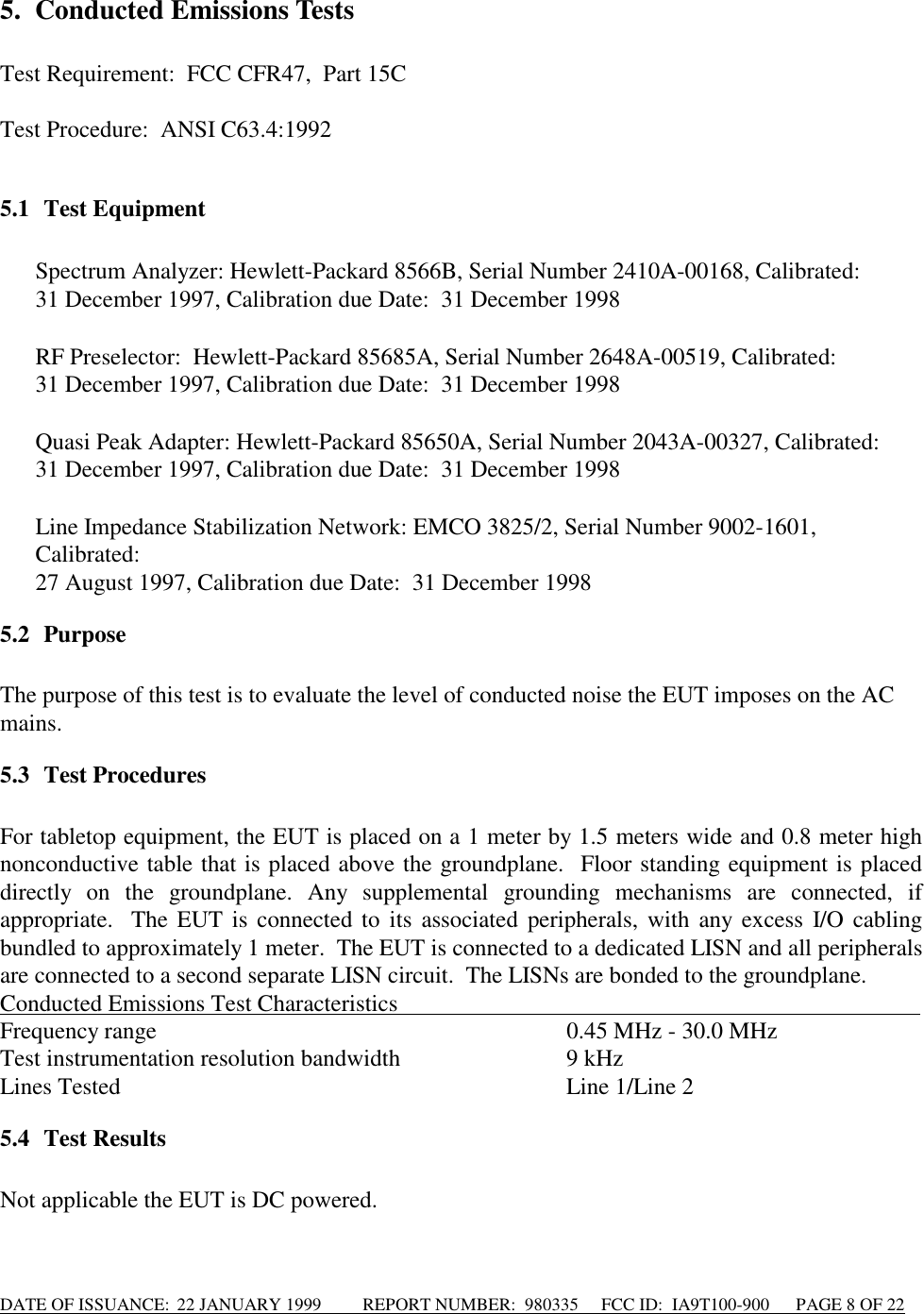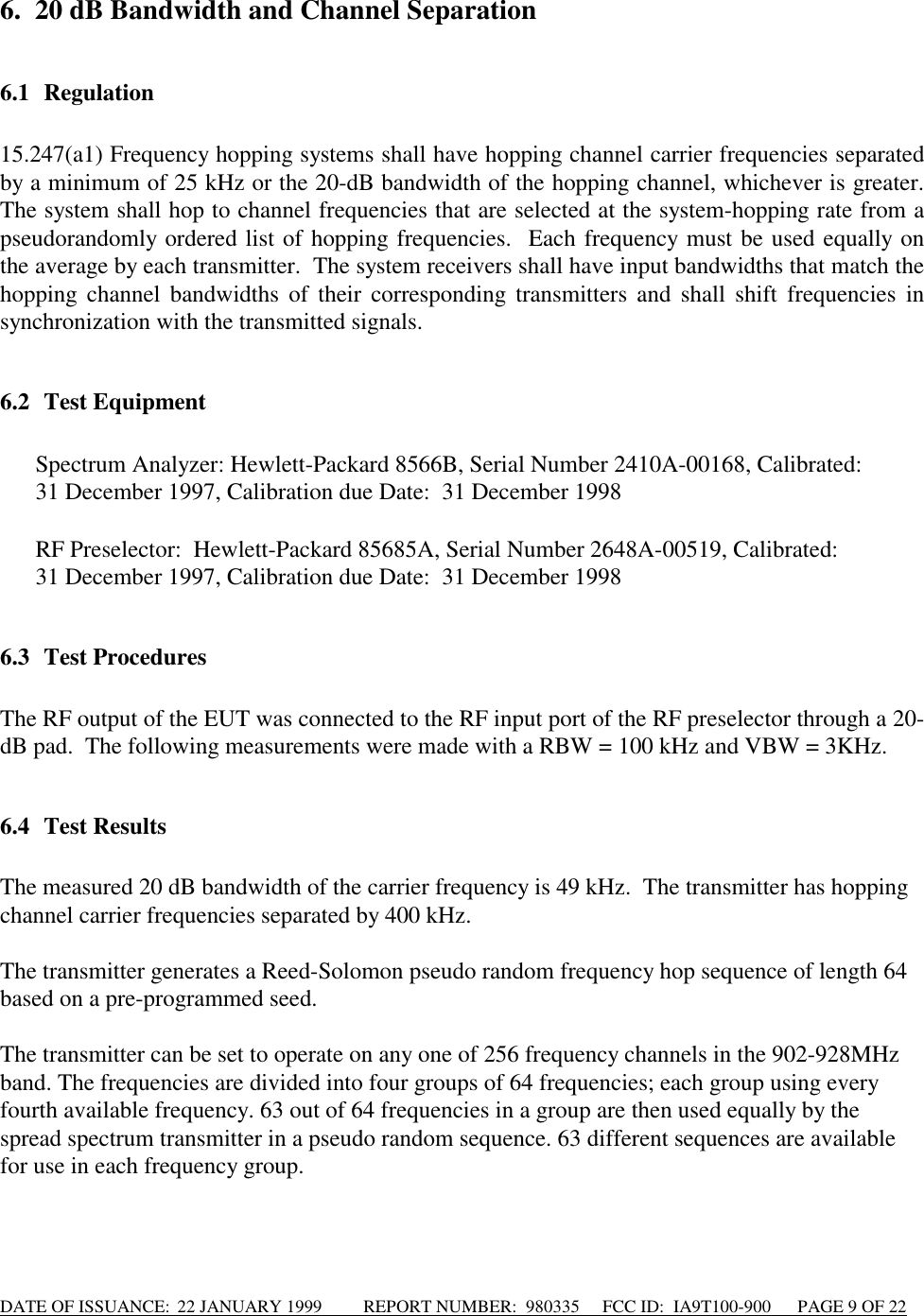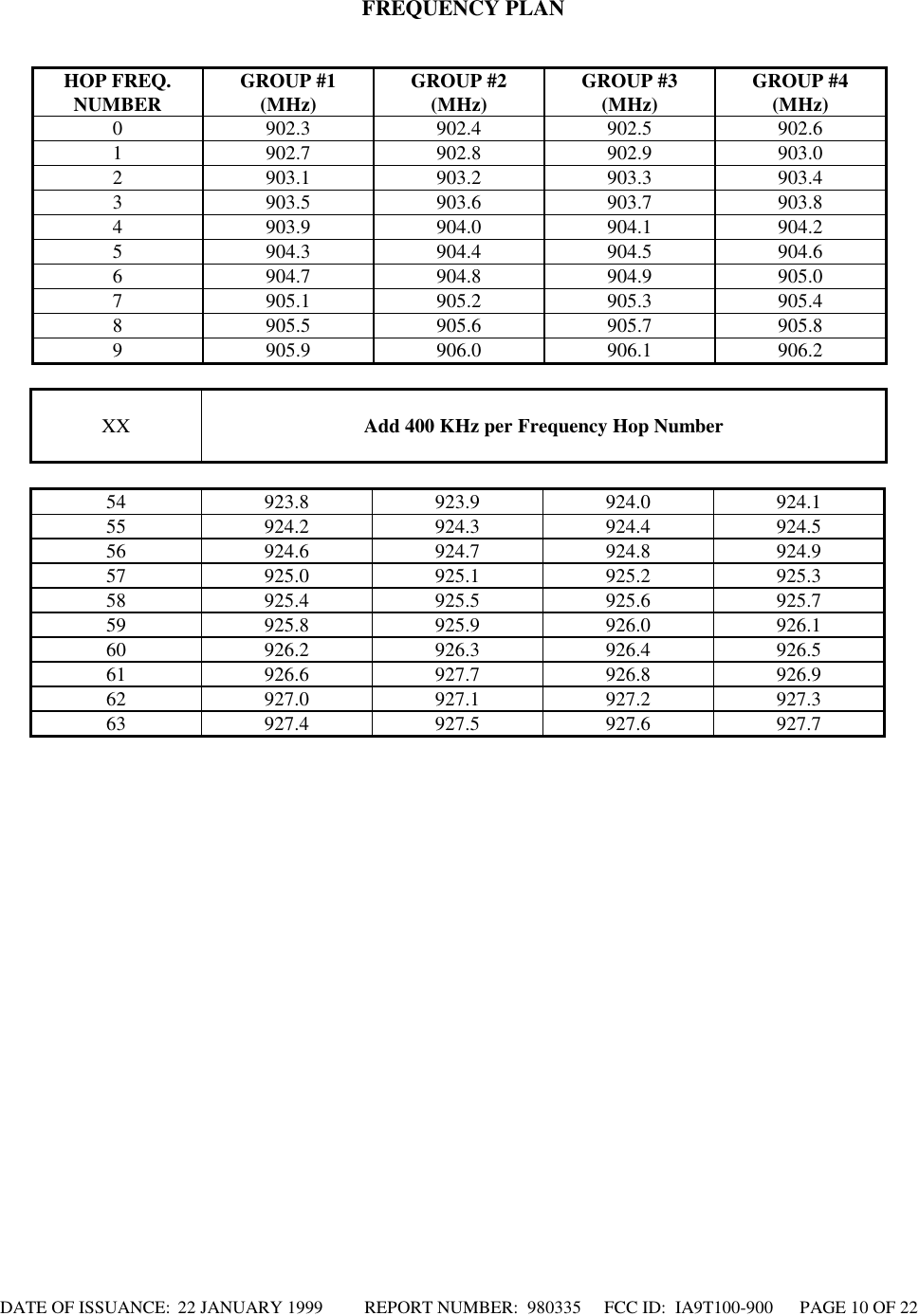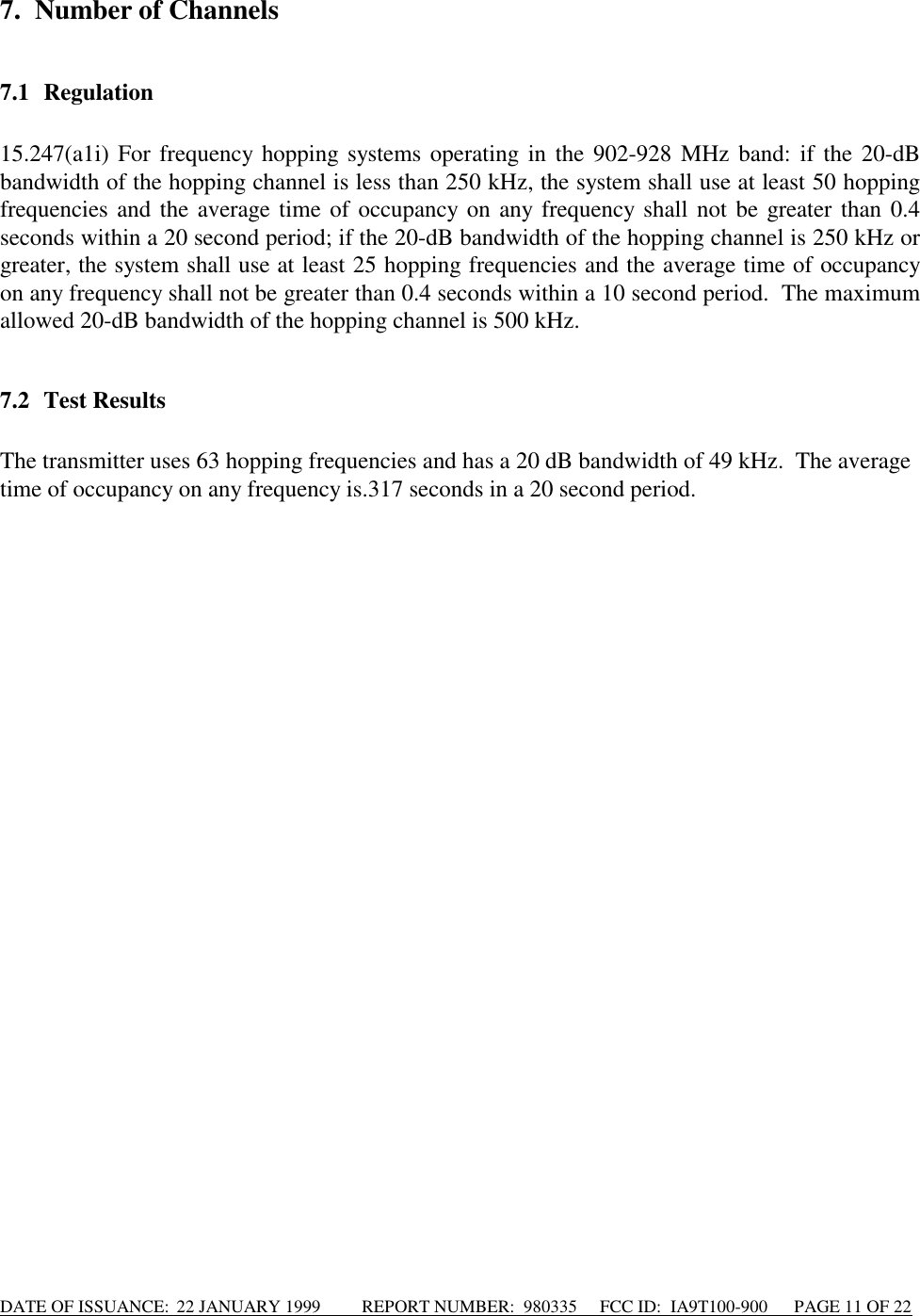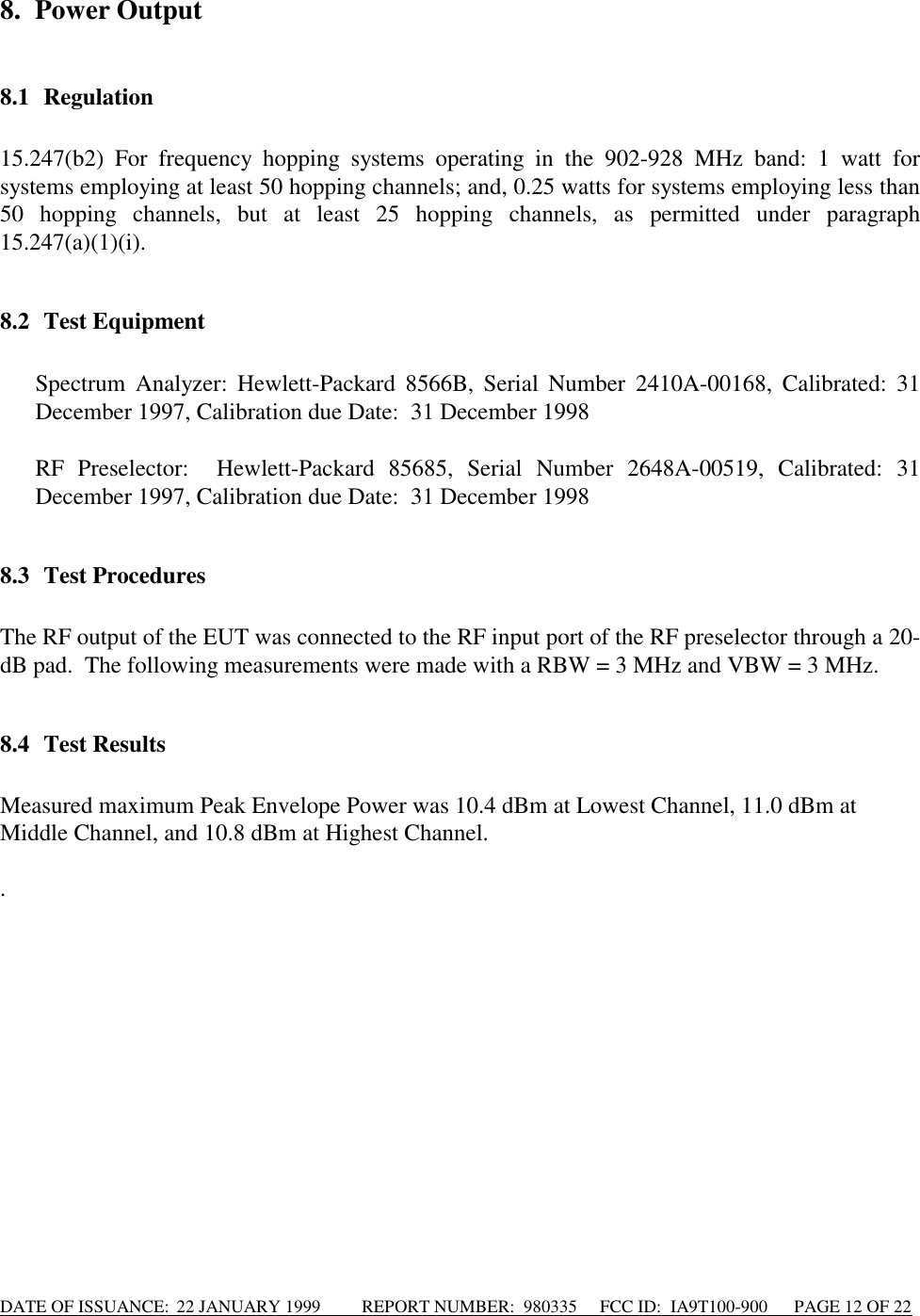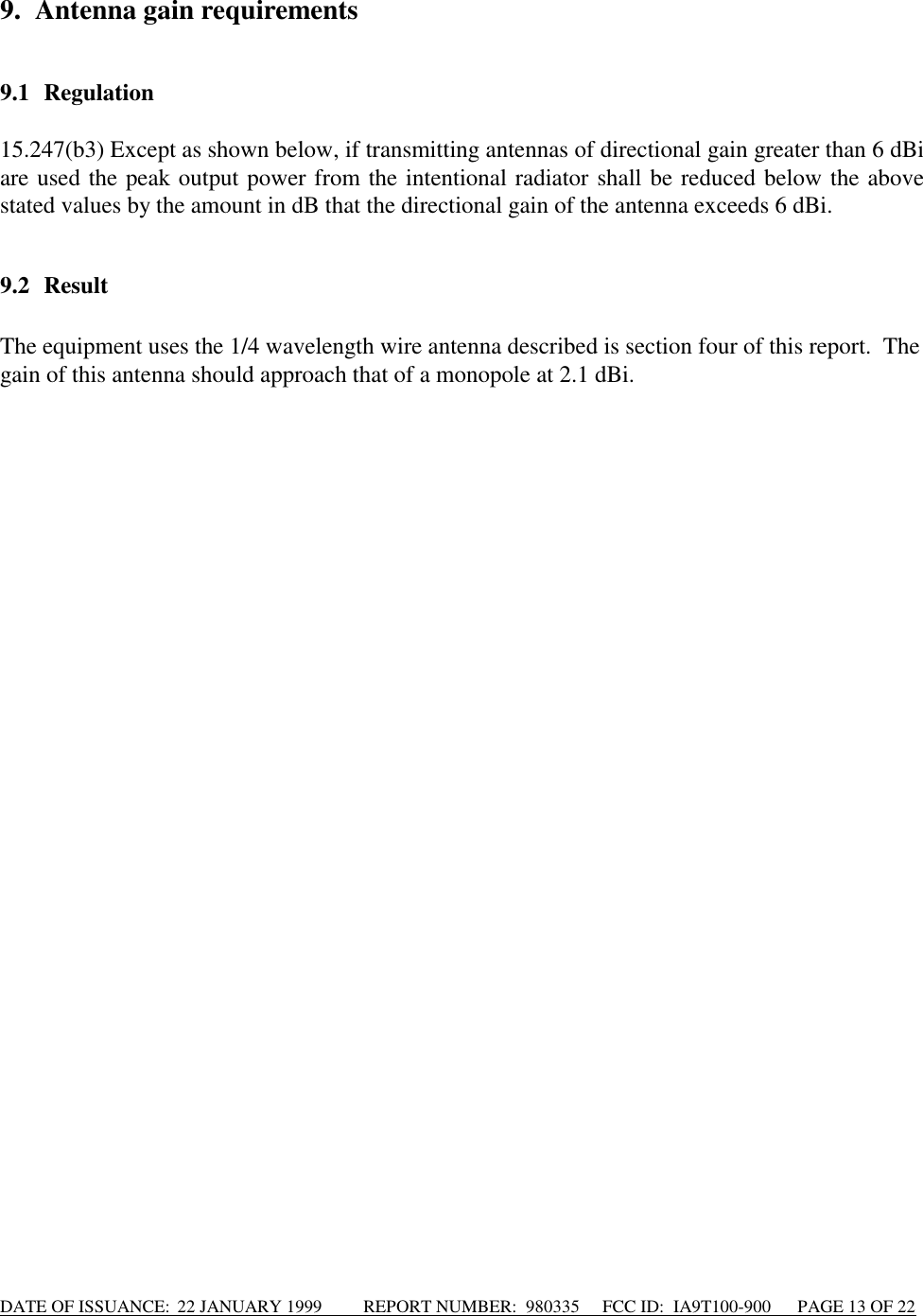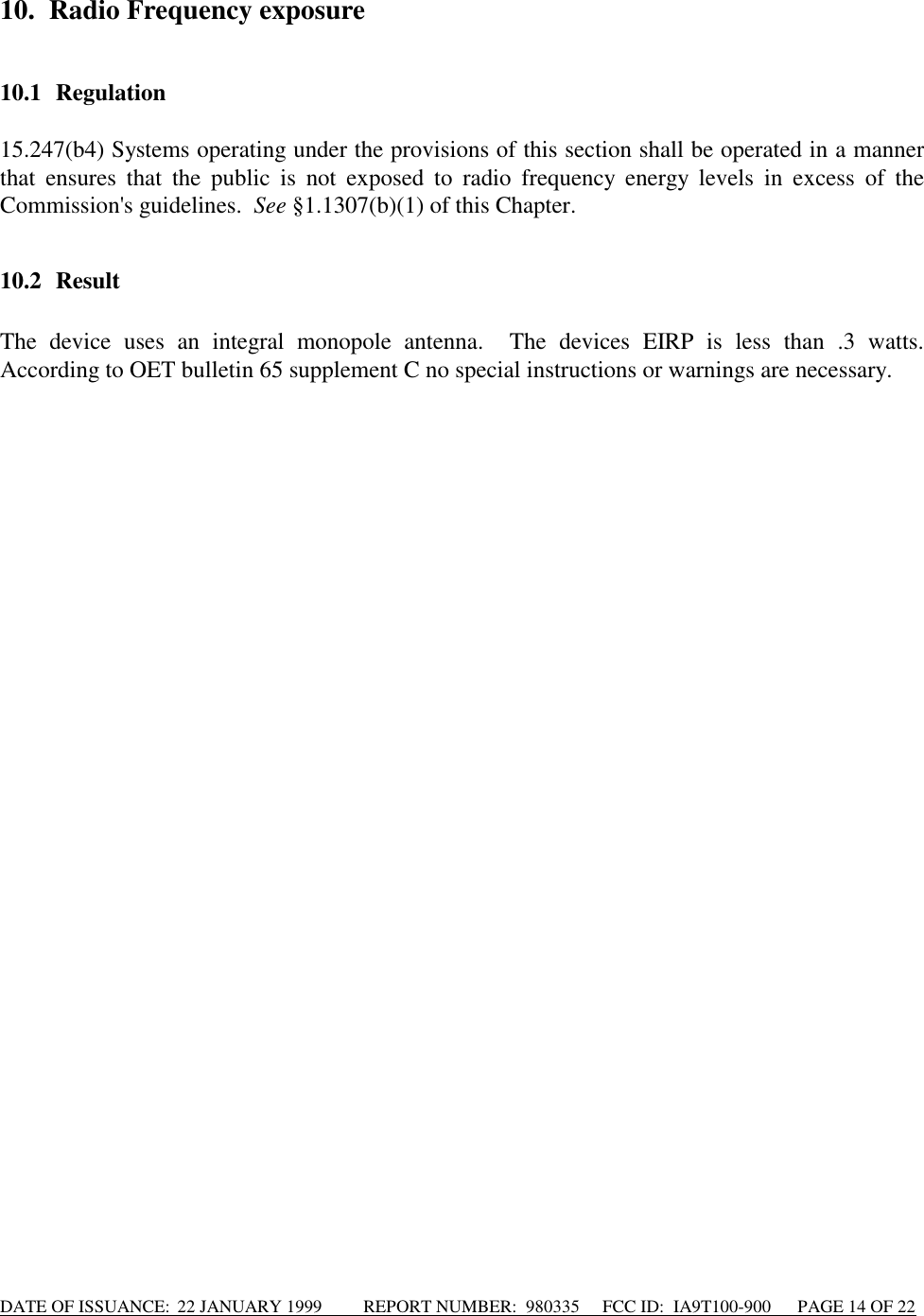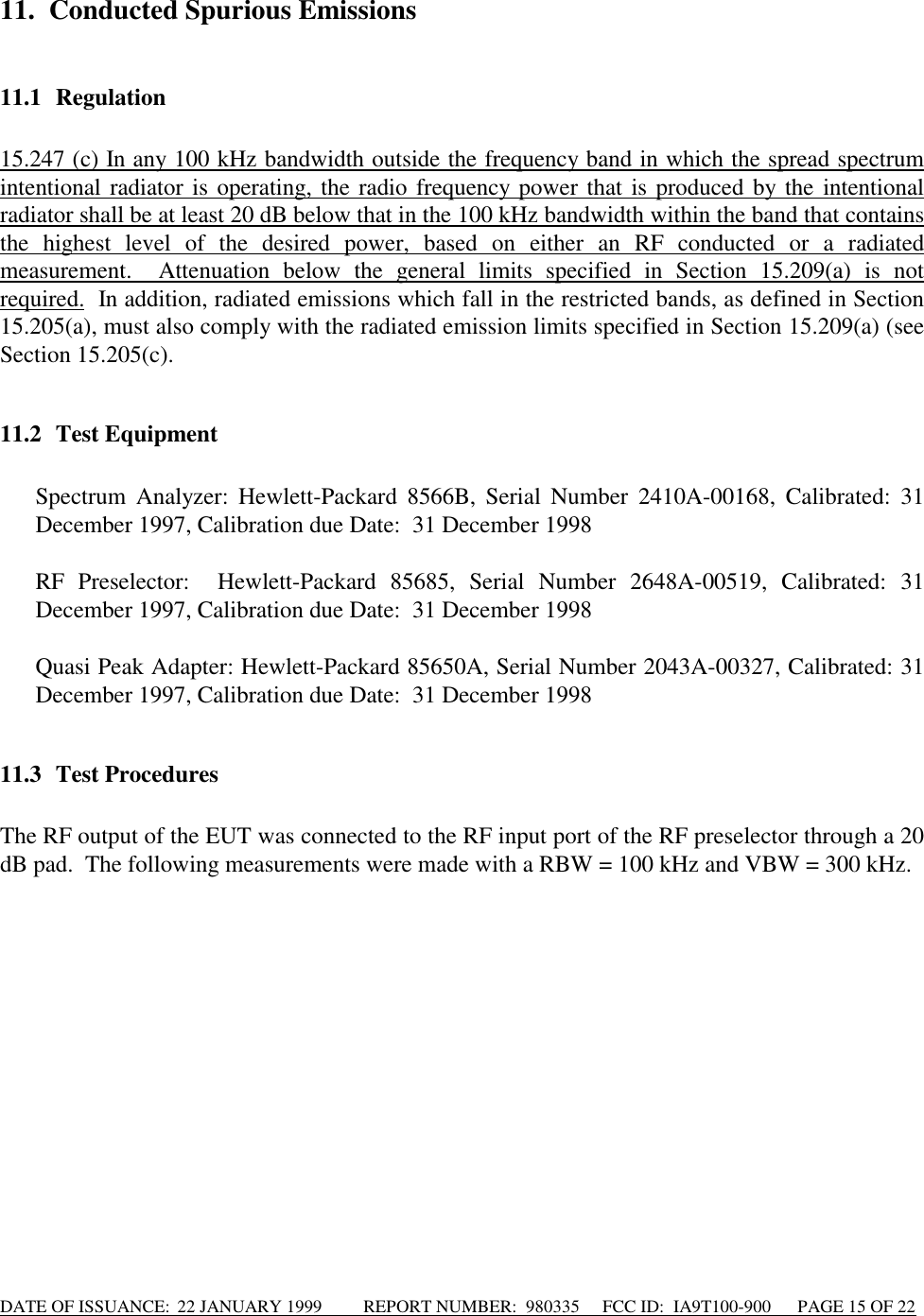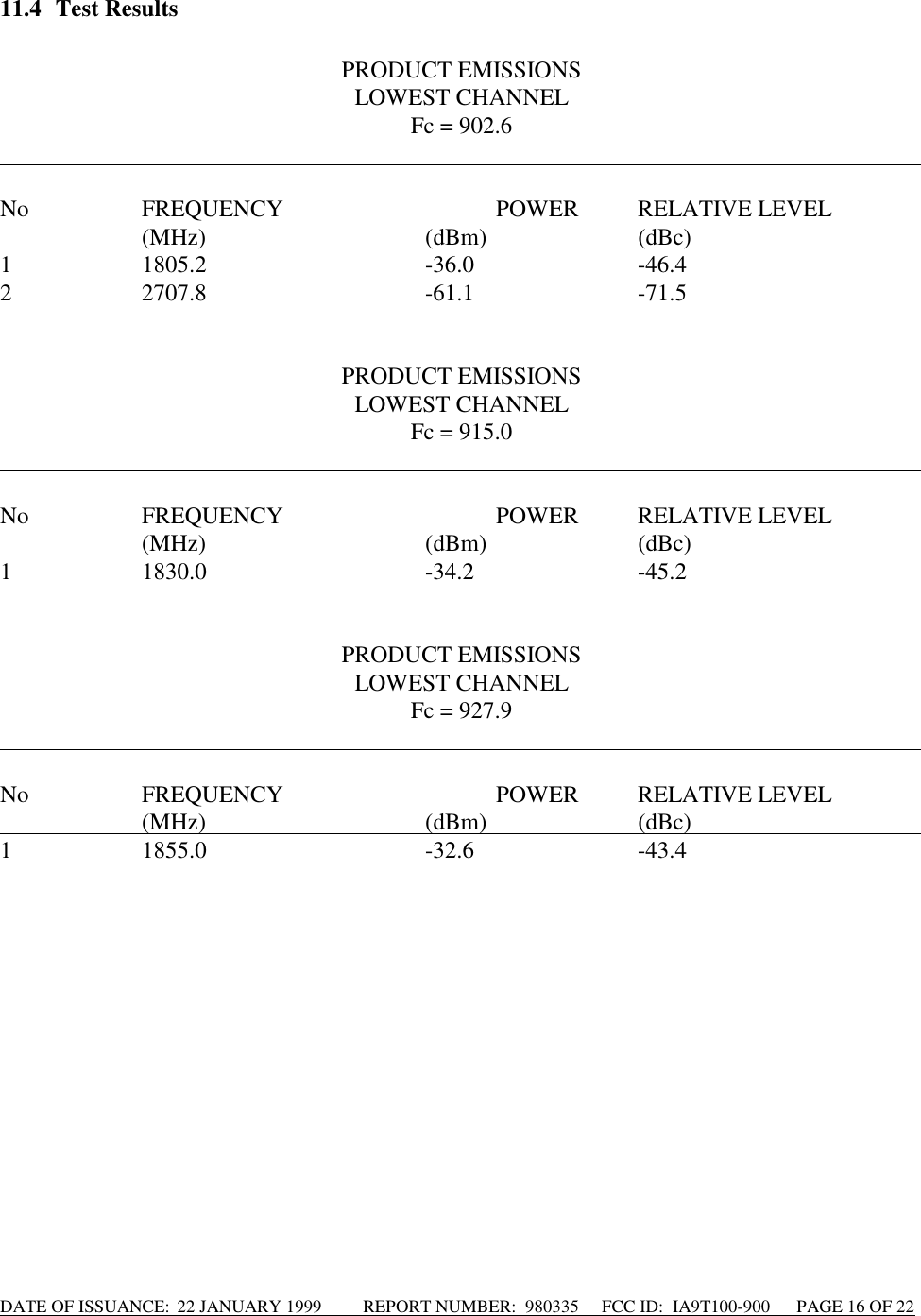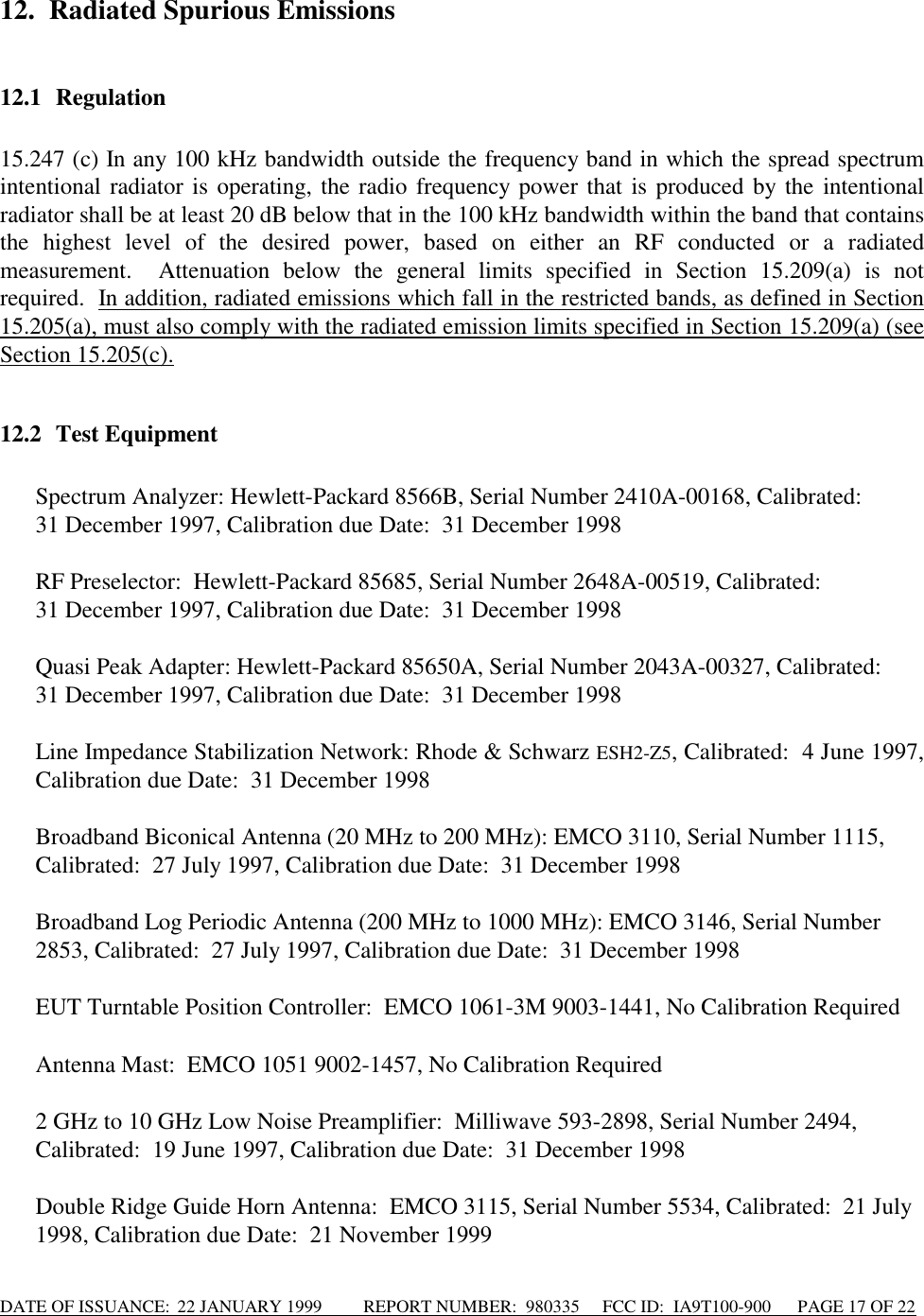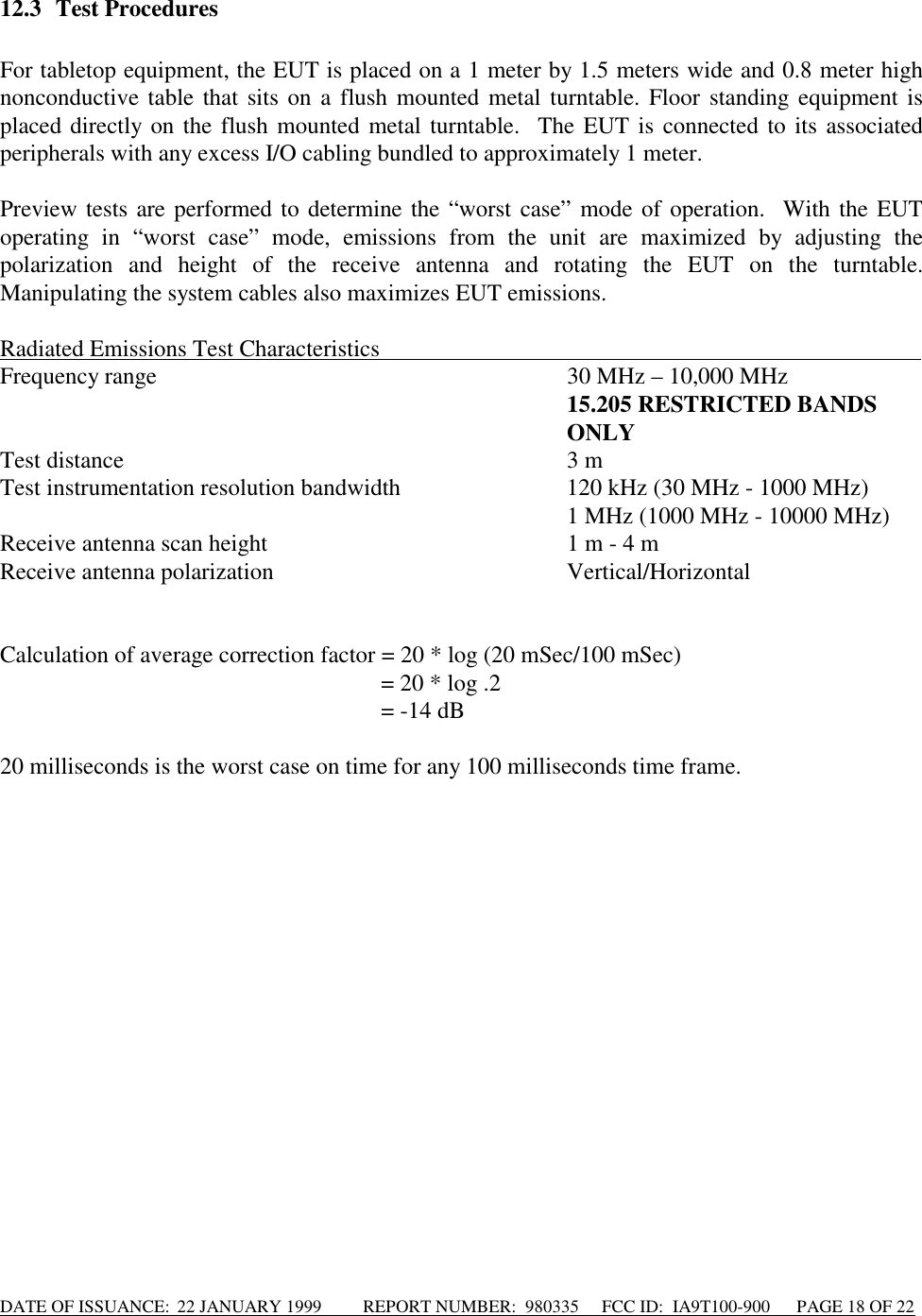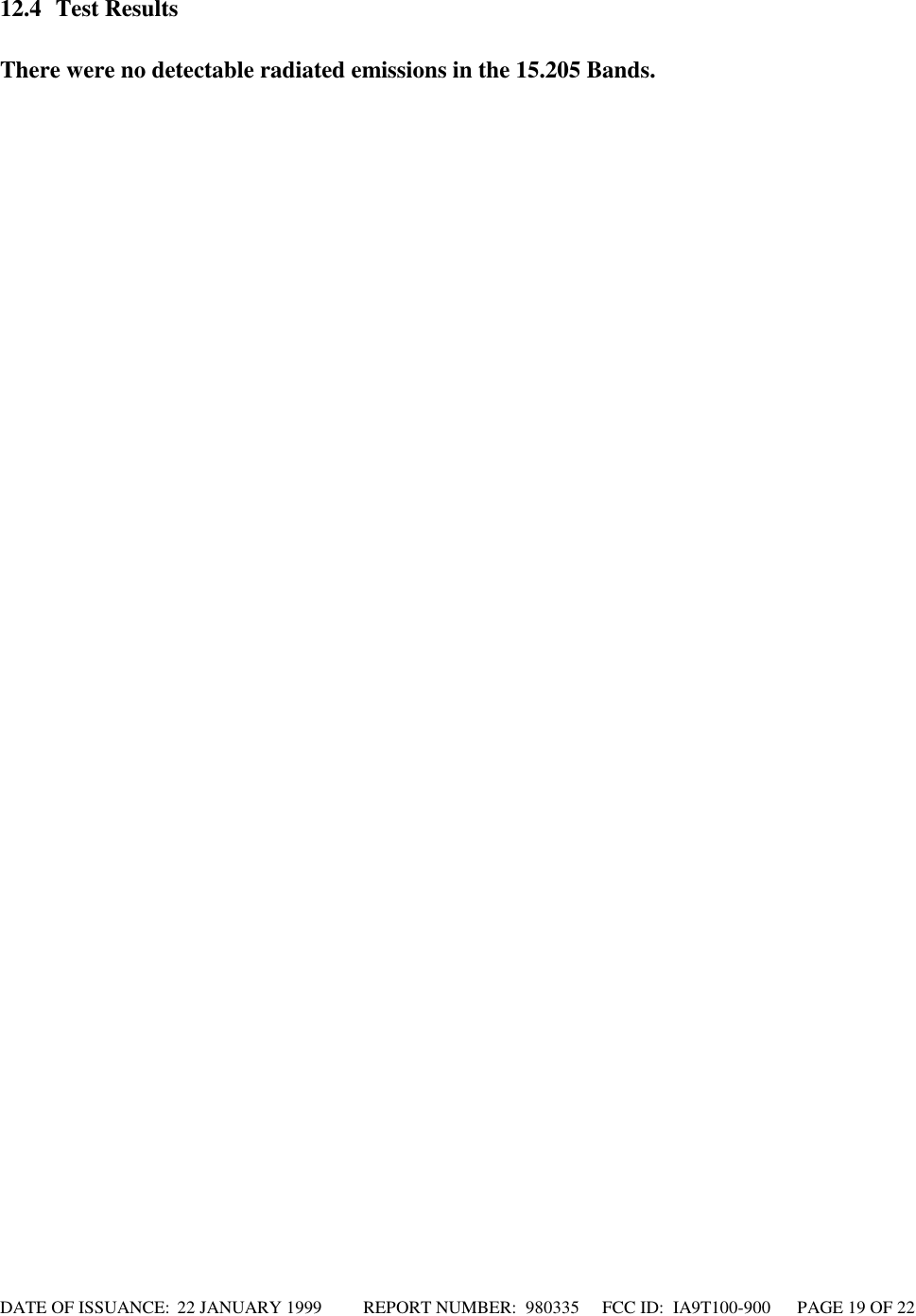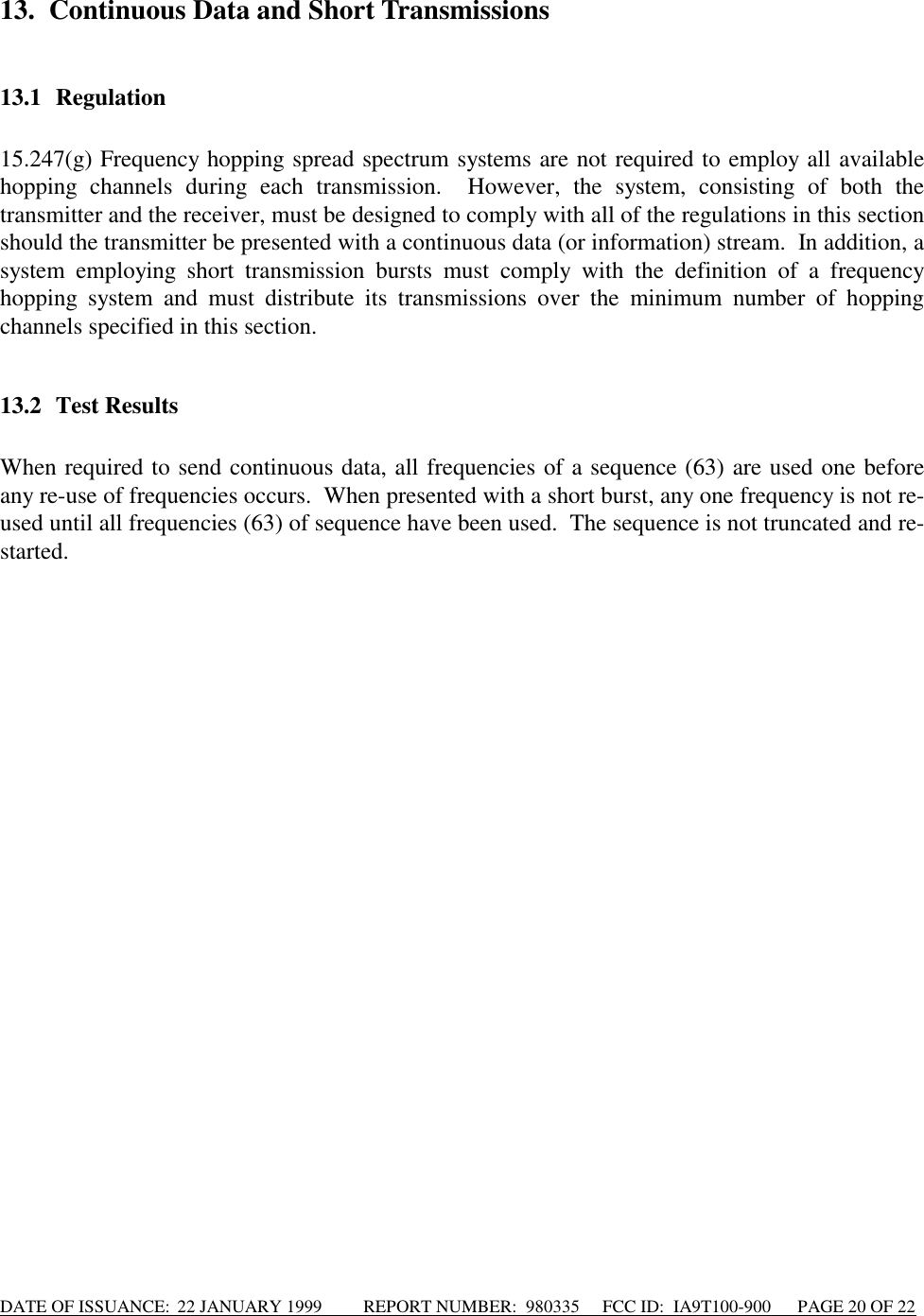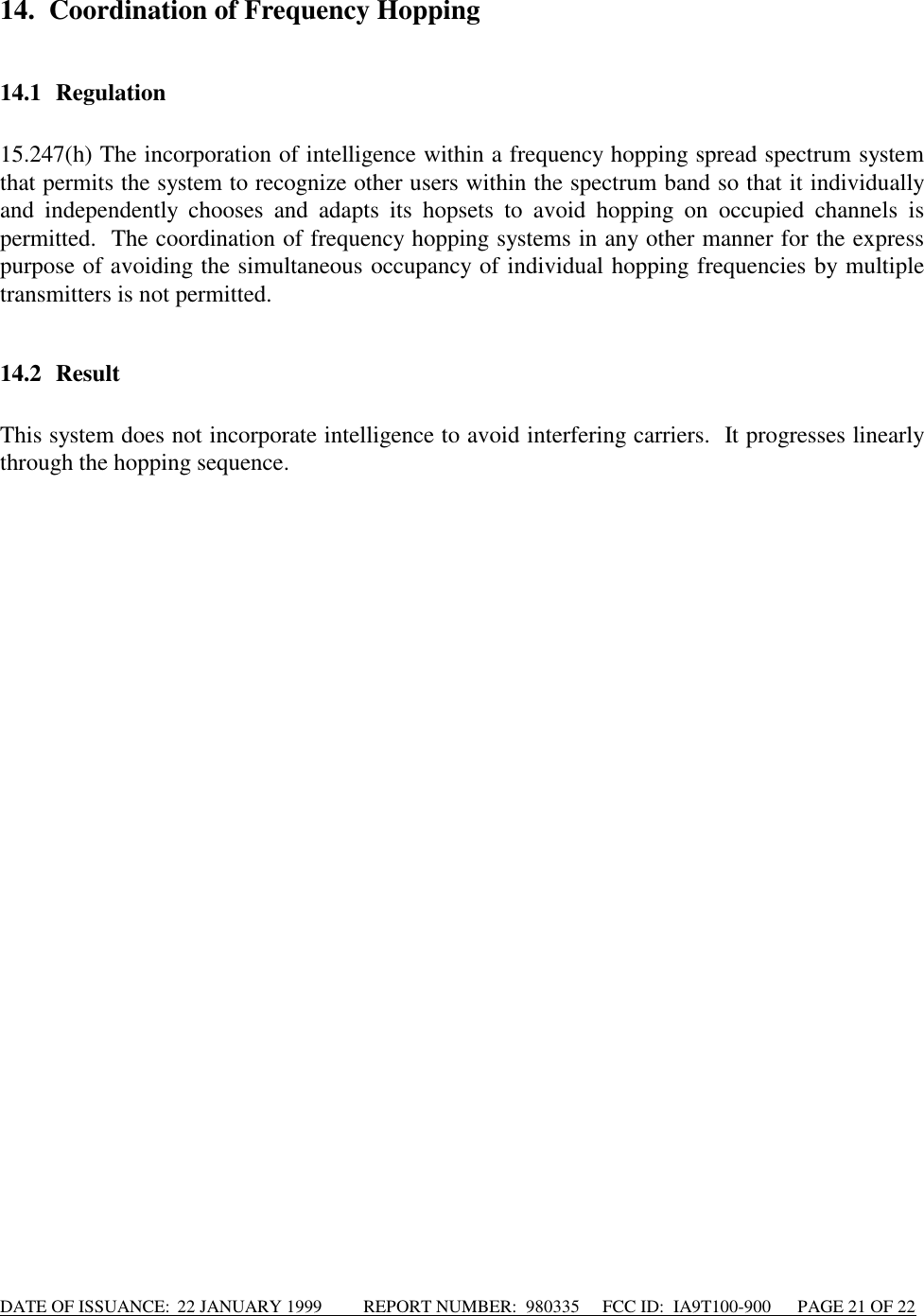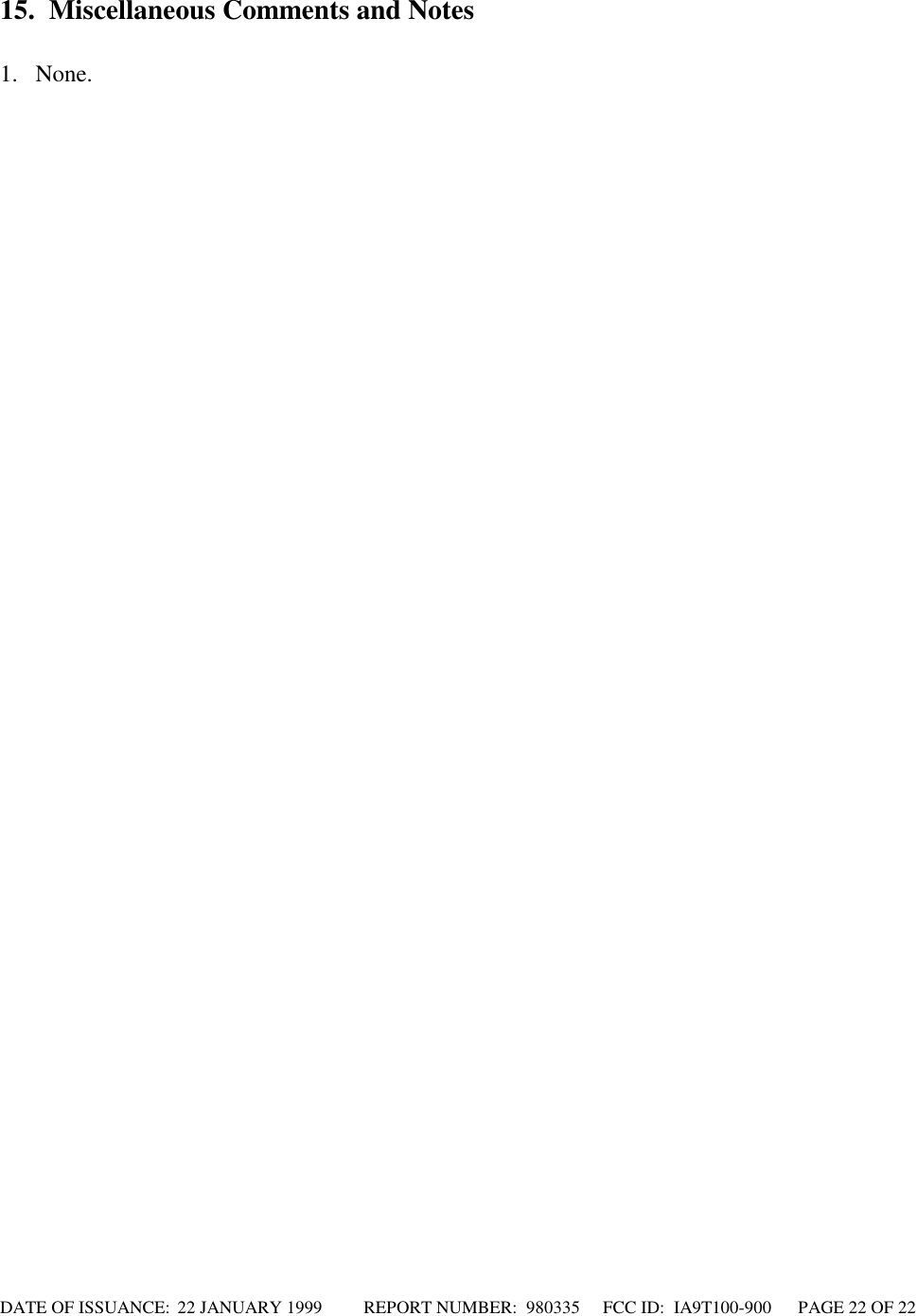Powerwave Technologies OFRP300F Multicarrier Paging On-Frequency Radio Repeater User Manual Part 15
Powerwave Technologies Inc. Multicarrier Paging On-Frequency Radio Repeater Users Manual Part 15
Contents
- 1. Users Manual Part 1
- 2. Users Manual Part 2
- 3. Users Manual Part 3
- 4. Users Manual Part 4
- 5. Users Manual Part 5
- 6. Users Manual Part 6
- 7. Users Manual Part 7
- 8. Users Manual Part 8
- 9. Users Manual Part 9
- 10. Users Manual Part 10
- 11. Users Manual Part 11
- 12. Users Manual Part 12
- 13. Users Manual Part 13
- 14. Users Manual Part 14
- 15. Users Manual Part 15
- 16. Manual Appendix
Users Manual Part 15
